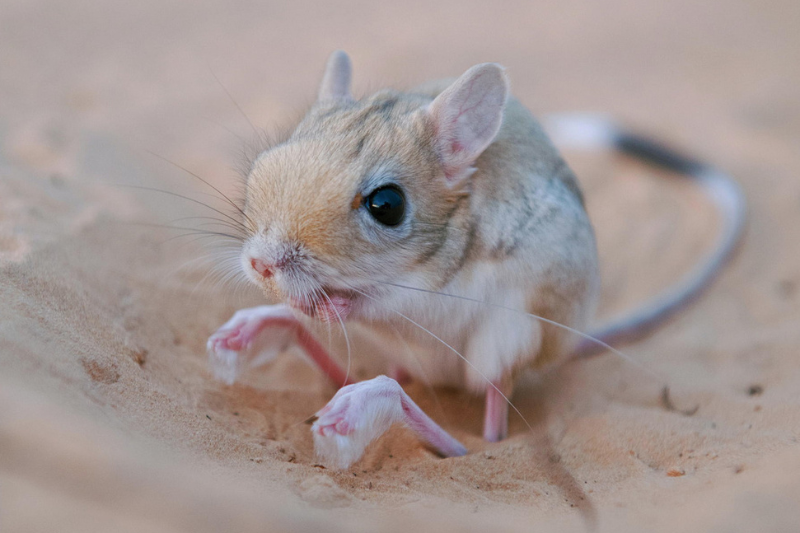Jerboas are fascinating desert-dwelling rodents known for their long legs, incredible jumping ability, and unique survival adaptations. Found across Asia and North Africa, these tiny creatures can leap up to 10 feet in a single bound and survive in harsh environments without drinking water.
With their large ears, long tails, and kangaroo-like movements, Jerboas are some of the most unusual and adorable rodents in the animal kingdom. In this post, we’ll explore fun and interesting jerboa facts that will amaze you.
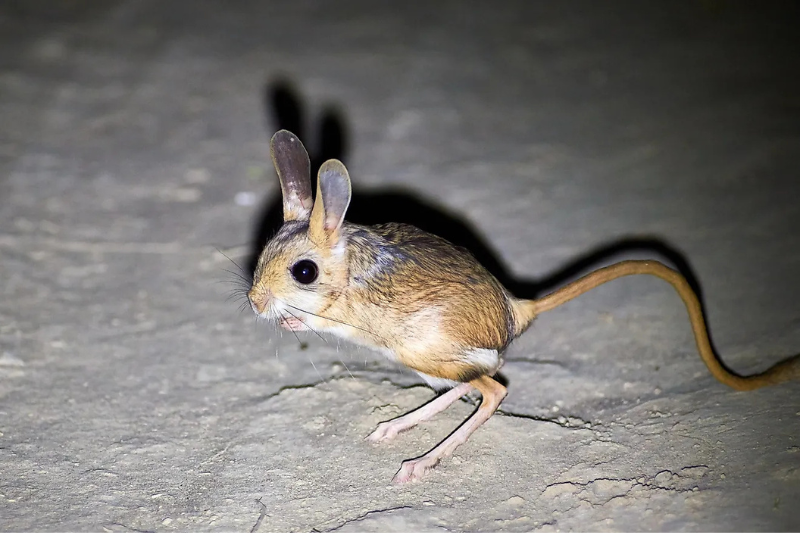
Jerboas have the ability to hop huge distances relative to its size, an ability that evolved as an adaptation to help them escape from predators, and to aid with long journeys and foraging in its desert environment.
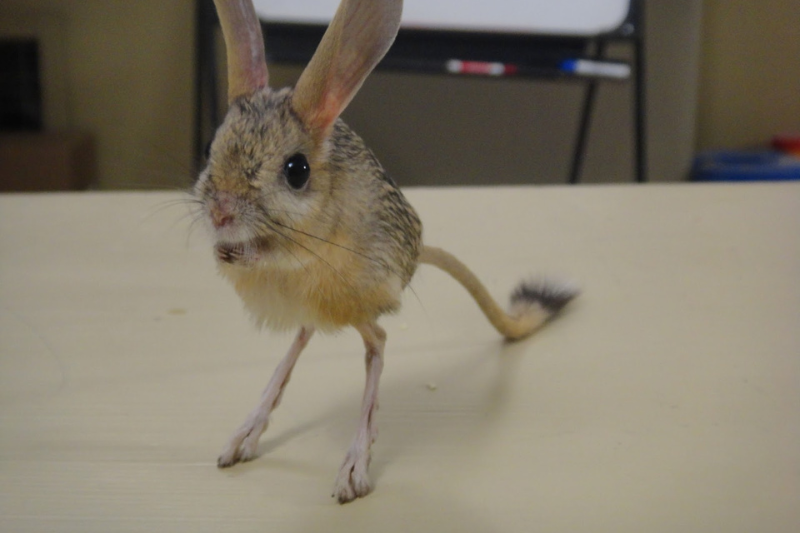
Although jerboas are not closely related to the hopping. Mice of Australia or the kangaroo rats of North America. All three groups have evolved a similar set of adaptations to life in the deep desert.
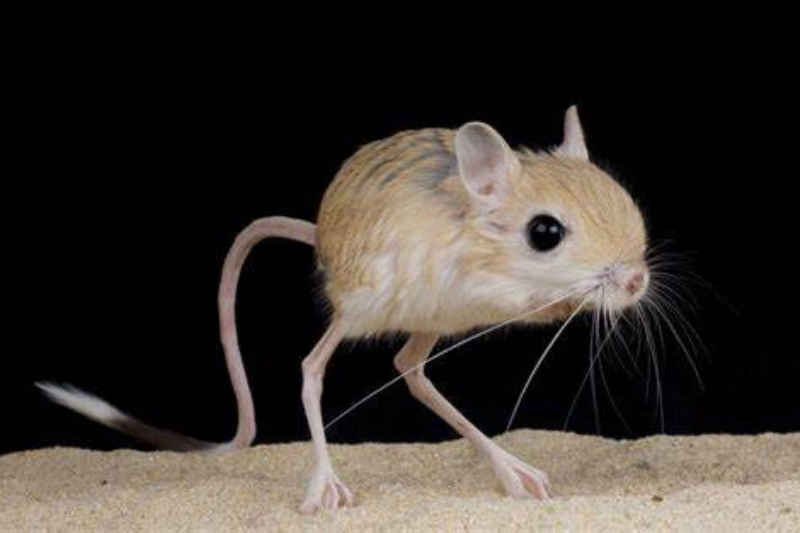
This small creature has the ability to leap a full meter to escape a predator.
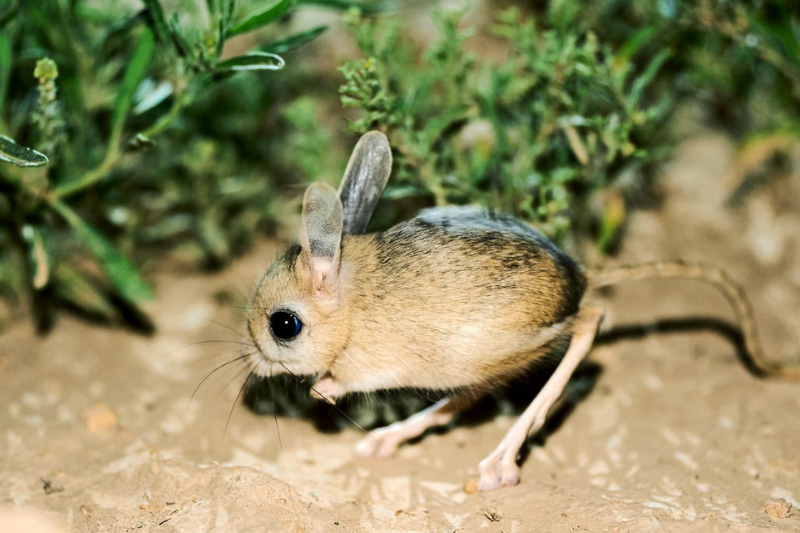
Jerboa fur is long, soft and silky. Diet varies considerably: some are specialist seed, insect, or plant eaters, others are omnivores.
You May Like: 20 Interesting Facts About the Dik-Dik
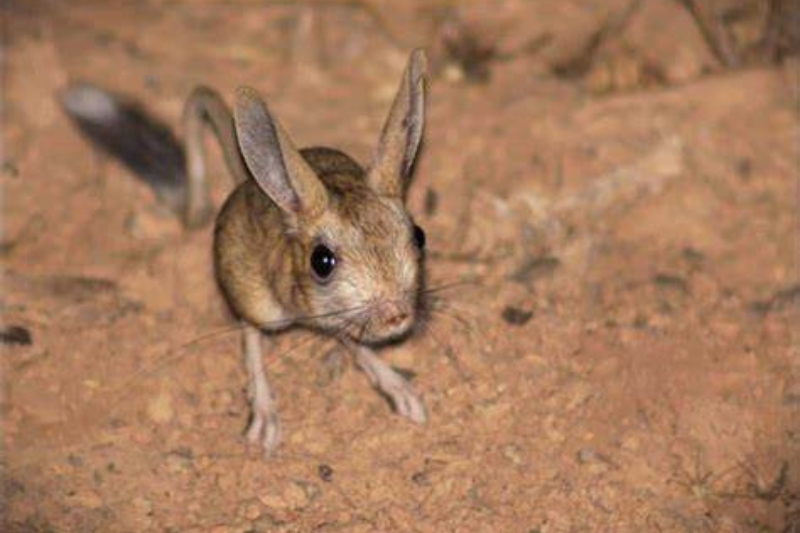
Jerboas are nocturnal, during the heat of the day, they shelter in burrows. They create four separate types of burrow: two temporary, and two permanent.
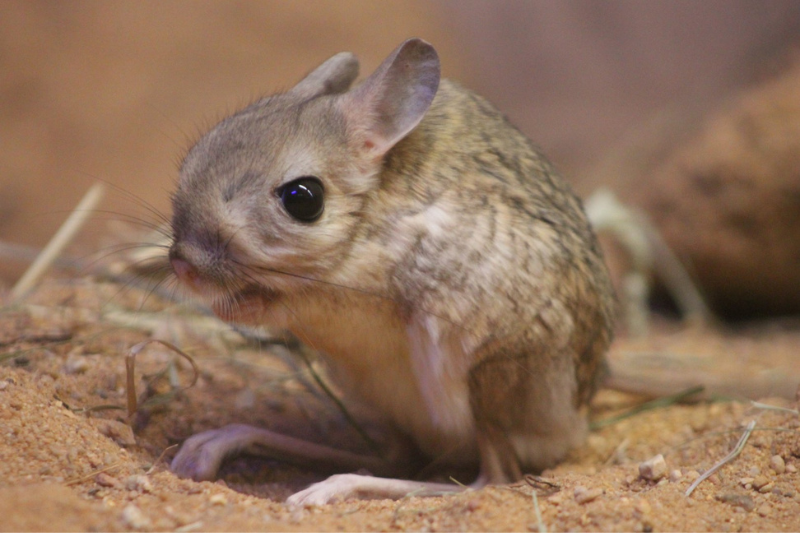
The temporary burrows are plain tubes used to escape predators during the night. Tending to be just 10 to 20 cm which is 3.9 to 7.9 inches deep, unsealed and not camouflaged.
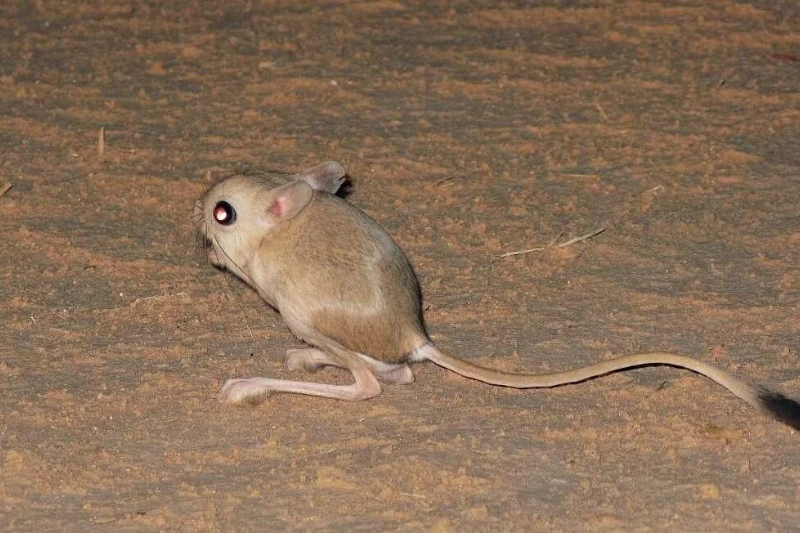
Permanent daytime burrows are well-hidden and sealed with a plug of sand. To keep heat out and moisture in and are generally 20 to 50 cm which is7.9 to 20 inches long.
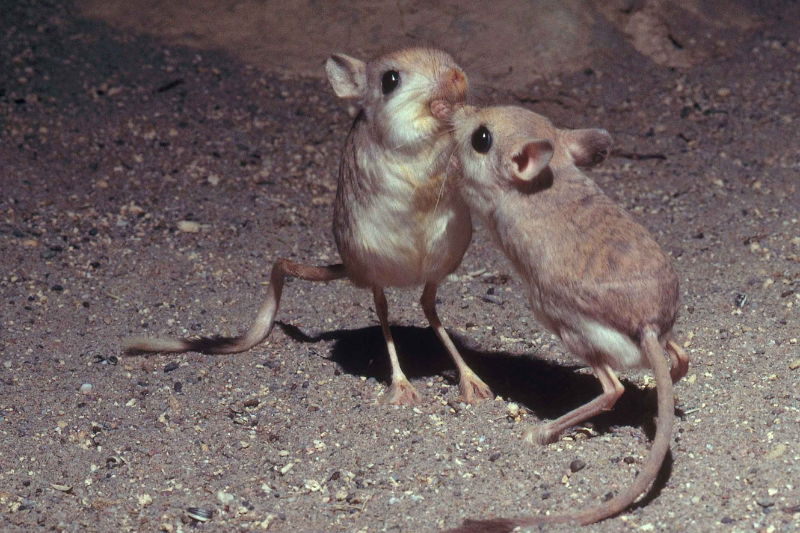
The most well-known species is the Lesser Egyptian Jerboa (Jaculus). Which lives in some of the most hostile deserts in the world.
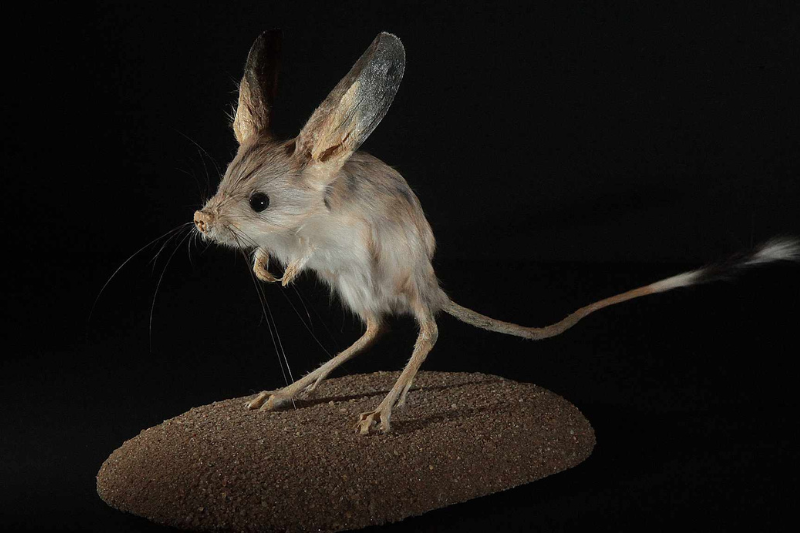
It does not drink at all, relying on its food to provide enough moisture for survival. You can find Jerboas in both the sandy and stony deserts of North Africa, Arabia and Iran.
